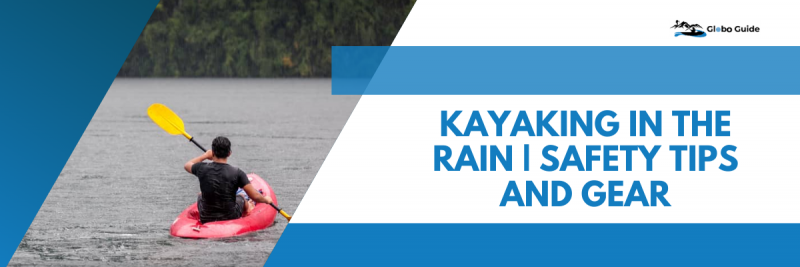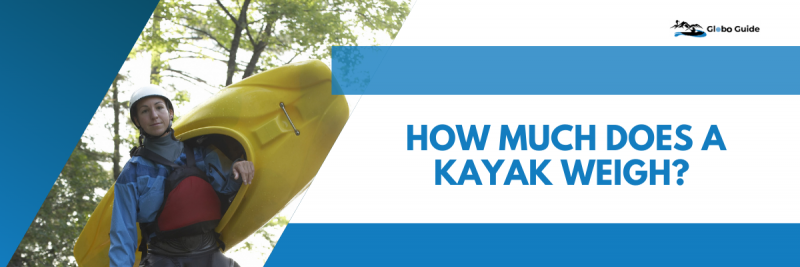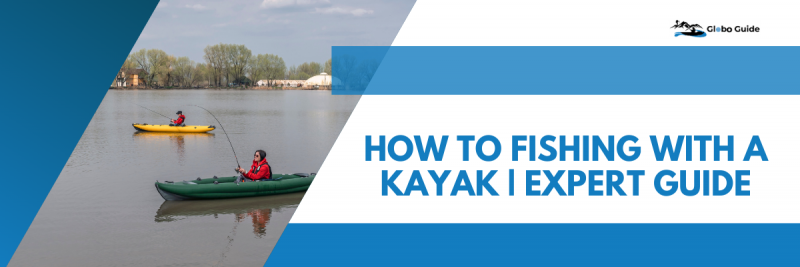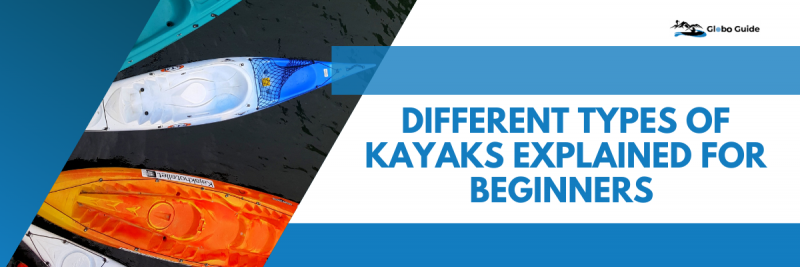Kayaking in the Rain Safely and Comfortably is essential when navigating new and old waters.
As avid kayak enthusiasts, we understand that weather can be unpredictable, especially when you’re out on the water. A sudden downpour doesn’t have to dampen your kayaking experience, though. In fact, with the right preparation and mindset, kayaking in the rain can be a uniquely enjoyable adventure. Here’s how to stay safe and relish every raindrop.
Embracing the Rain with Knowledge and Preparation
1. Staying Informed Is Key
Before heading out, it’s crucial to understand how rain affects your kayaking environment. Heavy rainfall can quickly alter water conditions, turning calm streams into challenging rapids or stirring up rough seas. We recommend tapping into local resources—your kayak community, wildlife authorities, and even bait or surf shops—for the latest updates on weather and water conditions.
2. Visibility Matters
Rainy conditions often reduce visibility, increasing the risk of accidents. To ensure safety, it’s important to remain visible to other kayakers and boaters. Equip your kayak with a white light or reflective materials to enhance visibility in these conditions.
Gear Up for a Rainy Day on the Water
3. Choosing the Right Spray Skirt
A spray skirt is essential to keep you dry. Here are your options:
- Nylon Skirt: A basic, budget-friendly choice. Best for light rain.
- Neoprene Skirt: Ideal for heavy rain, offering better protection and warmth.
- Goretex Tunnel Skirt: The premium choice. It provides excellent protection and breathability.
4. Dealing with Water Inside Your Kayak
For sit-on-top kayaks where a spray skirt isn’t feasible, ensure your scupper holes are open to drain water. During heavy rainfall, keep a sponge handy to remove excess water.
5. The Right Apparel for Rainy Kayaking
Investing in synthetic fabrics is wise for rainy conditions. They dry quickly and provide a waterproof layer. Layering is key; how much you need depends on your comfort level. Always carry a dry bag with extra clothing and footwear – you’ll thank yourself later.
6. Drysuit vs. Wetsuit
Choose between a drysuit and a wetsuit based on your preference and the intensity of the rain. A drysuit offers complete dryness, while a wetsuit provides warmth by trapping a thin layer of water between your body and the suit.
Making the Most of Rainy Kayak Trips
Kayaking in the rain doesn’t have to be a soggy, miserable experience. With the right gear and mindset, it can transform into an exhilarating adventure that adds a new dimension to your kayaking experience. So next time the skies open up, remember these tips, embrace the rain, and paddle on with confidence.
Feel free to share your rainy kayaking experiences or tips with us. We always appreciate hearing from fellow kayak enthusiasts. And if you find these insights helpful, please share them with your kayaking circle!



